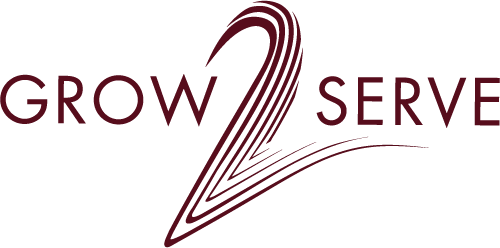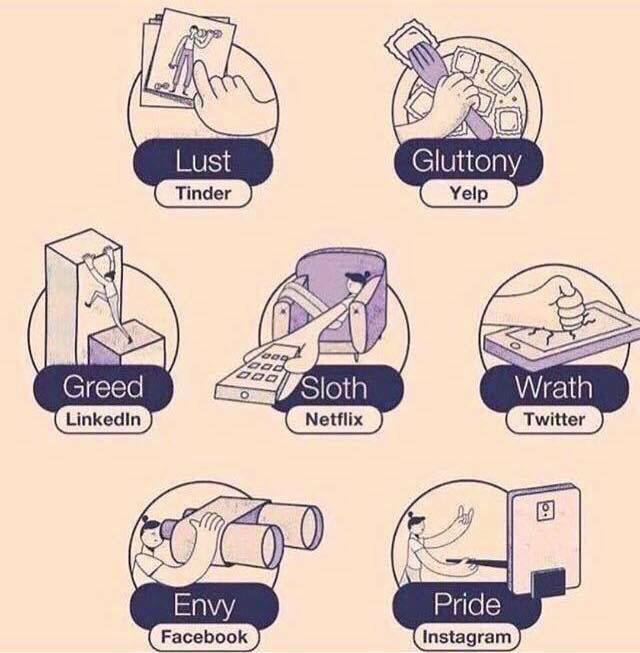About Grow2Serve, How people learn
Broadcasting the Real Me
Social Media and Authenticity
I recently saw a graphic linking all the seven deadly sins to various popular social media platforms. Each one – Facebook, Instagram, Yelp, Twitter, LinkedIn… — seems to draw its accelerating fuel and its magnetic draw from something dark deep inside us – lust or envy or anger or pride or…
It would be easy to become critical or absolutely divorce myself from participating in a community (or communities) with such nefarious roots. But then I’m forced to remind myself that the strongest driving factor for social media is that we as people are social, we are created by God to be that way! Some wonderful tools for connecting with others are provided to us today, most of them for free, and most of them very accessible and even safe when coupled together with some healthy self-management, discipline, and a set of personalized “principles for use.” In the world of the people I serve, cross-cultural workers who live and serve in every corner of the planet, social media can serve as a lifeline of connection to friends, family, coworkers and others with shared interests. Even our Grow2Serve online courses may be considered as a form of social media.
So, where does the positive dynamic of bringing people together in relationship end and the sinful darkness of the heart begin? My guess is that right around the crossover line between the two is something called authenticity. Social media may serve as a barricade, behind which I can hide and from which I can launch a highly engineered projection of myself. I do this with the goal of manipulating others’ perception of me, often in a deceptive way. Or I can use social media as a highway through which the real me, the good and the bad, can be seen. Others can connect with me. Others can serve me and be served by me. True, authentic two-directional interchange can happen.
We’ve observed an evolution of social media competency among Grow2Serve learners over the past 14 years. Today individuals often feel safe to express themselves online in writing inside a sympathetic learning community. And they do this in healthy and robust ways. People are real, sharing their struggles and their victories, their pleas for help and their pieces of advice. The combined wisdom of we, under the guiding power of the Holy Spirit and the protective watch of a loving facilitator, becomes much more powerful than the isolated speculation of me. And the gateway to this kind of healthy, relational exchange is authenticity. Some may even choose to call it fellowship.


